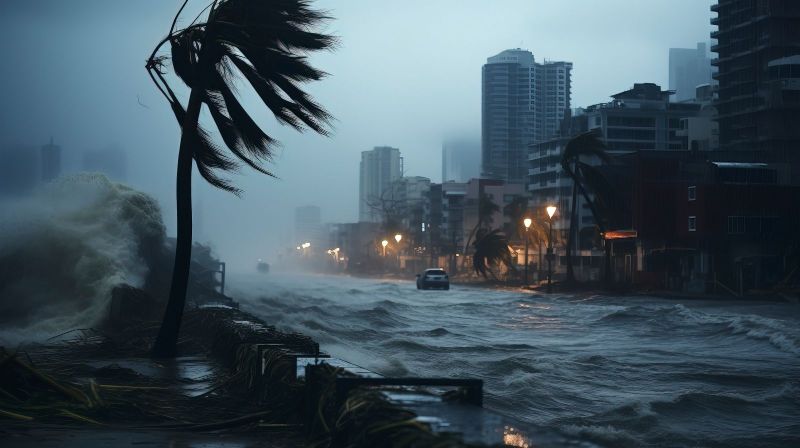When the sky darkens, thunder rumbles, and rain starts pouring, you know a storm is brewing. While storms can be a mesmerizing spectacle of nature, they also bring their fair share of chaos and damage, especially when it comes to wind and hail. In this blog, we'll explore tips for handling the aftermath of wind, hail, and storm damage, helping you weather the storm more effectively and protect your property.
1. Prioritize Safety
Safety should always be your top priority when dealing with storm damage. As soon as it's safe to do so, conduct a thorough assessment of your property. Look for any immediate hazards like downed power lines or damaged structures that could collapse. If you spot anything dangerous, stay clear and contact the relevant authorities.
2. Document the Damage
Before you begin any cleanup or repairs, document the damage. Take photographs and videos from multiple angles, capturing the extent of the destruction. This documentation will be invaluable for insurance claims and future reference.
3. Contact Your Insurance Company
After documenting the damage, get in touch with your insurance company as soon as possible. Review your policy to understand your coverage, deductible, and any specific requirements for making a claim. Providing your insurer with accurate information promptly can expedite the claims process.
4. Temporary Repairs
If your home has sustained damage that could lead to further problems, consider making temporary repairs. This might include covering broken windows, tarping over damaged roofs, or securing any openings to prevent additional water from entering your home. Keep all receipts and records of these temporary repairs, as your insurance may cover them.
5. Be Wary of Scammers
Unfortunately, storms often attract scammers looking to profit from people's misfortune. Be cautious when dealing with contractors or service providers who show up uninvited. Research and choose reputable companies and contractors, and verify their credentials. Always ask for references and check online reviews before hiring anyone.
6. Clean Up Debris
Once the immediate safety concerns have been addressed, begin the cleanup process. Remove fallen branches, debris, and any hazards from your property. This not only makes your property safer but also helps prevent secondary damage.
7. Inspect Your Roof and Gutters
Hail and strong winds can wreak havoc on your roof and gutters. Inspect your roof for missing or damaged shingles and assess your gutters for clogs and damage. Ignoring these issues could lead to water infiltration and further structural damage over time.
8. Check for Water Damage
Storms can result in water intrusion that might not be immediately visible. Inspect the interior of your home for signs of water damage, such as discolored walls, wet carpets, or water stains on the ceiling. Address any leaks or water issues promptly to prevent mold and structural damage.
9. Assess Landscape Damage
In addition to your home, storms can impact your landscaping. Fallen trees, damaged plants, and erosion are common issues. Evaluate the extent of the damage and consider consulting with an arborist or landscaper to help restore your outdoor spaces.
10. Prepare for Future Storms
As you work through the aftermath of a storm, take steps to prepare for future ones. This might involve reinforcing your home's structure, investing in storm shutters, or creating an emergency kit with essentials like food, water, flashlights, and first-aid supplies. Being proactive can mitigate future damage and keep you better prepared.
11. Maintain Communication with Your Neighbors
You're not alone in dealing with storm damage. Keep the lines of communication open with your neighbors to share information and resources. You can assist each other in the cleanup process and provide emotional support during challenging times.
12. Stay Informed
Stay informed about weather forecasts and warnings. Knowing when a storm is on the horizon allows you to take preventive measures to protect your property and loved ones. Sign up for weather alerts and have a plan in place for evacuation if necessary.
In conclusion, handling wind, hail, and storm damage requires a combination of swift action, safety consciousness, and thorough planning. By following these tips, you can minimize the impact of these natural disasters and recover more effectively. Remember that your safety and well-being should always be the top priority, and seeking professional assistance when necessary is a wise decision.

